Subunit conformational variation within individual GroEL oligomers resolved by Cryo-EM
- PMID: 28710336
- PMCID: PMC5547627
- DOI: 10.1073/pnas.1704725114
Subunit conformational variation within individual GroEL oligomers resolved by Cryo-EM
Abstract
Single-particle electron cryo-microscopy (cryo-EM) is an emerging tool for resolving structures of conformationally heterogeneous particles; however, each structure is derived from an average of many particles with presumed identical conformations. We used a 3.5-Å cryo-EM reconstruction with imposed D7 symmetry to further analyze structural heterogeneity among chemically identical subunits in each GroEL oligomer. Focused classification of the 14 subunits in each oligomer revealed three dominant classes of subunit conformations. Each class resembled a distinct GroEL crystal structure in the Protein Data Bank. The conformational differences stem from the orientations of the apical domain. We mapped each conformation class to its subunit locations within each GroEL oligomer in our dataset. The spatial distributions of each conformation class differed among oligomers, and most oligomers contained 10-12 subunits of the three dominant conformation classes. Adjacent subunits were found to more likely assume the same conformation class, suggesting correlation among subunits in the oligomer. This study demonstrates the utility of cryo-EM in revealing structure dynamics within a single protein oligomer.
Keywords: atomic-model per-particle; chaperonin; conformational variation; cryo-EM; focused classification.
Conflict of interest statement
Conflict of interest statement: W.C. and K.H.D. are coauthors of a 2015 paper, which was a report of a community effort of different cryo-EM experts to evaluate the contrast transfer function parameter determination of different datasets of cryo-EM images using different software. They did not have any direct collaboration on this work.
Figures

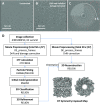


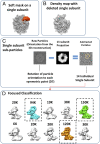
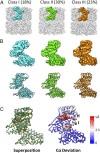
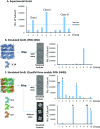



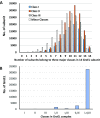

References
Publication types
MeSH terms
Substances
Associated data
- Actions
Grants and funding
LinkOut - more resources
Full Text Sources
Other Literature Sources
Molecular Biology Databases
Research Materials

